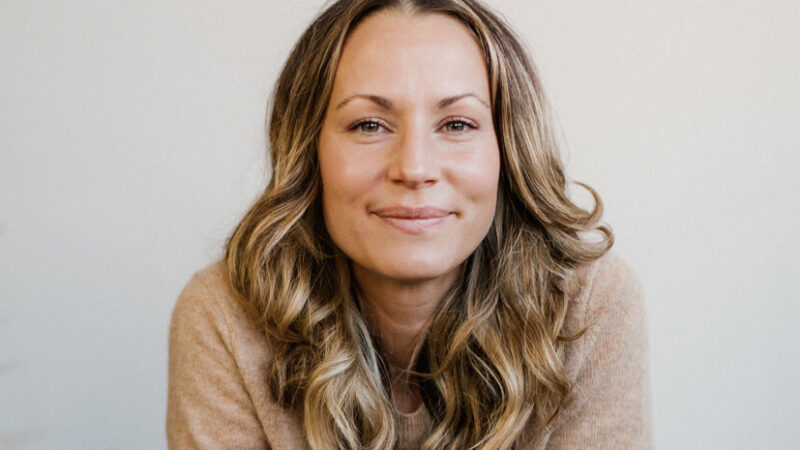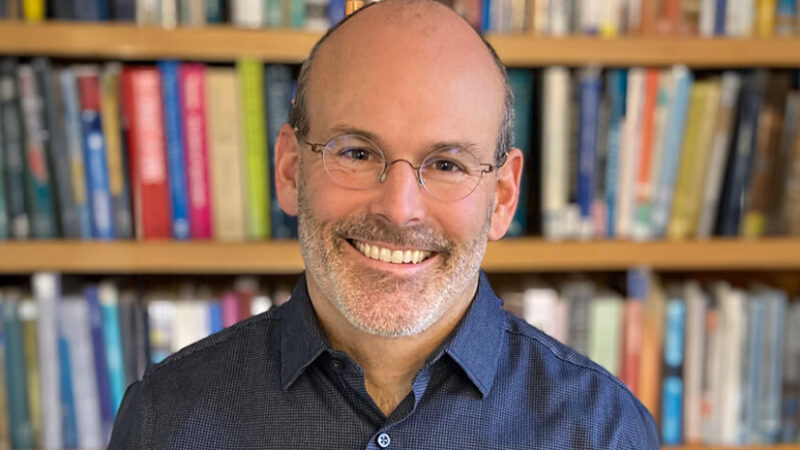This model of a multidimensional body applies directly to the theme of the Deep Heart. I would not write about the importance of the heart unless I knew it intimately firsthand and also understood its critical role in psychological healing and spiritual awakening. If there are, as I propose, layers to the heart ranging from the relatively gross, through the refined, to the transcendent, then many of us will be able to directly or indirectly sense this in some way.
One of the easiest ways to sense the emotional and energetic reality of the heart area is to notice what we sense and feel when we fall in love or, conversely, when we lose someone we have loved via death or a painful breakup. Heart openings are intoxicatingly joyful, and heart breaks are extraordinarily painful. Have you ever wondered why this is the case? Are the opening and closing of the heart purely physiological, or might something else be going on? We will explore romantic love in a later chapter, but for now I’ll just acknowledge the central role that the heart area plays in human relationships and in genuine spiritual openings. The majority of popular songs and a large number of our most compelling stories revolve around love found and lost.
In order to explore your heart in any depth, it’s helpful to sense your whole body with as few ideas as possible. Clear the slate—be open to the possibility that your body is not what you think it is. Rather than approaching your body as a familiar solid object made up of skin, bones, muscles, organs, tissues, and cells governed by neural and hormonal networks, I encourage you to approach it differently—as a field of vibration filled with space.
In the next exercise, you will experience the body as a field of vibration. This meditation is inspired by the Vijnanabhairava Tantra, a key experiential text in Kashmiri Tantric Shaivism that was authored over a thousand years ago. It’s a good idea to record this guided meditation on your smartphone, and I recommend pausing between the steps outlined below for at least twenty seconds. Including the pauses, please allow for at least ten minutes in total. Find a quiet place where you won’t be disturbed, sit comfortably, and close your eyes.
BODY SENSING PRACTICE
Sensing the Body as Vibration
Take a few deep breaths and allow your attention to settle down and in.
Feel the weight of your body being held by whatever you are sitting on and let yourself be completely held.
Sense the bottoms of your feet, the tips of your toes, and notice a lively vibration. Imagine it growing stronger, gradually enveloping both feet, and then moving up both legs.
Sense the palms of your hands and the tips of your fingers. Notice a subtle vibration—a sense of aliveness.
Feel it enveloping both hands and slowly spreading up both arms.
Feel this sense of vibrant aliveness growing into your hips and shoulders.
And then into the belly and the chest, including your back.
Sense this lively vibration moving up the neck and into the head, suffusing the mouth, ears, eyes, and brain. Take your time.
Now let go of any focusing and sense your entire body as a diffuse field of lively vibration. Notice that it is difficult to tell exactly where your body ends and where the so-called world begins. Allow this sense of vibration to extend out into space in all directions: front … back … left … right … up … and down.
Rest in and as this expansive sense of vibrant spaciousness as long as you like.
Journey into the depths of your own heart with Dr. John J. Prendergast’s guide, The Deep Heart: Our Portal to Presence.




